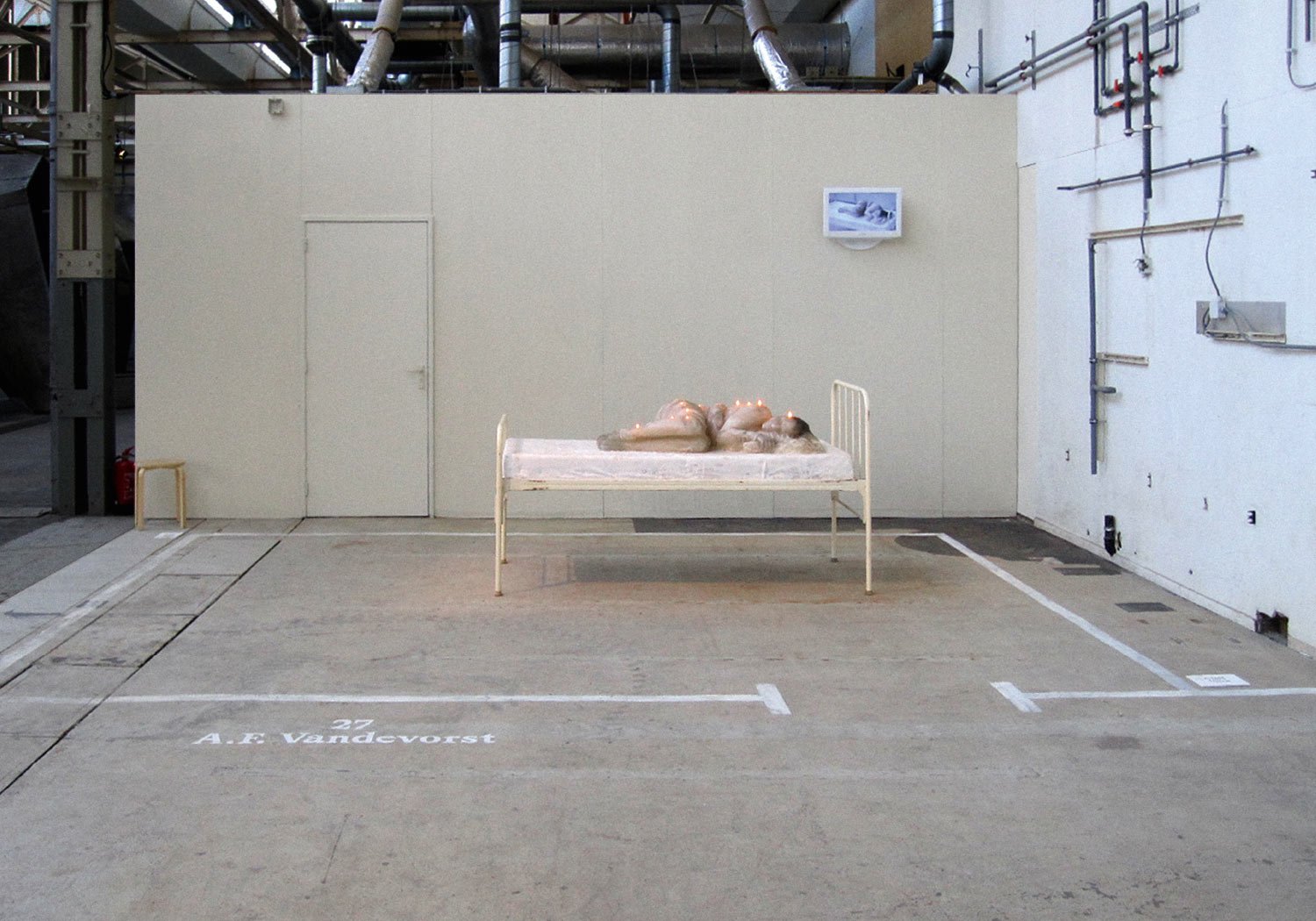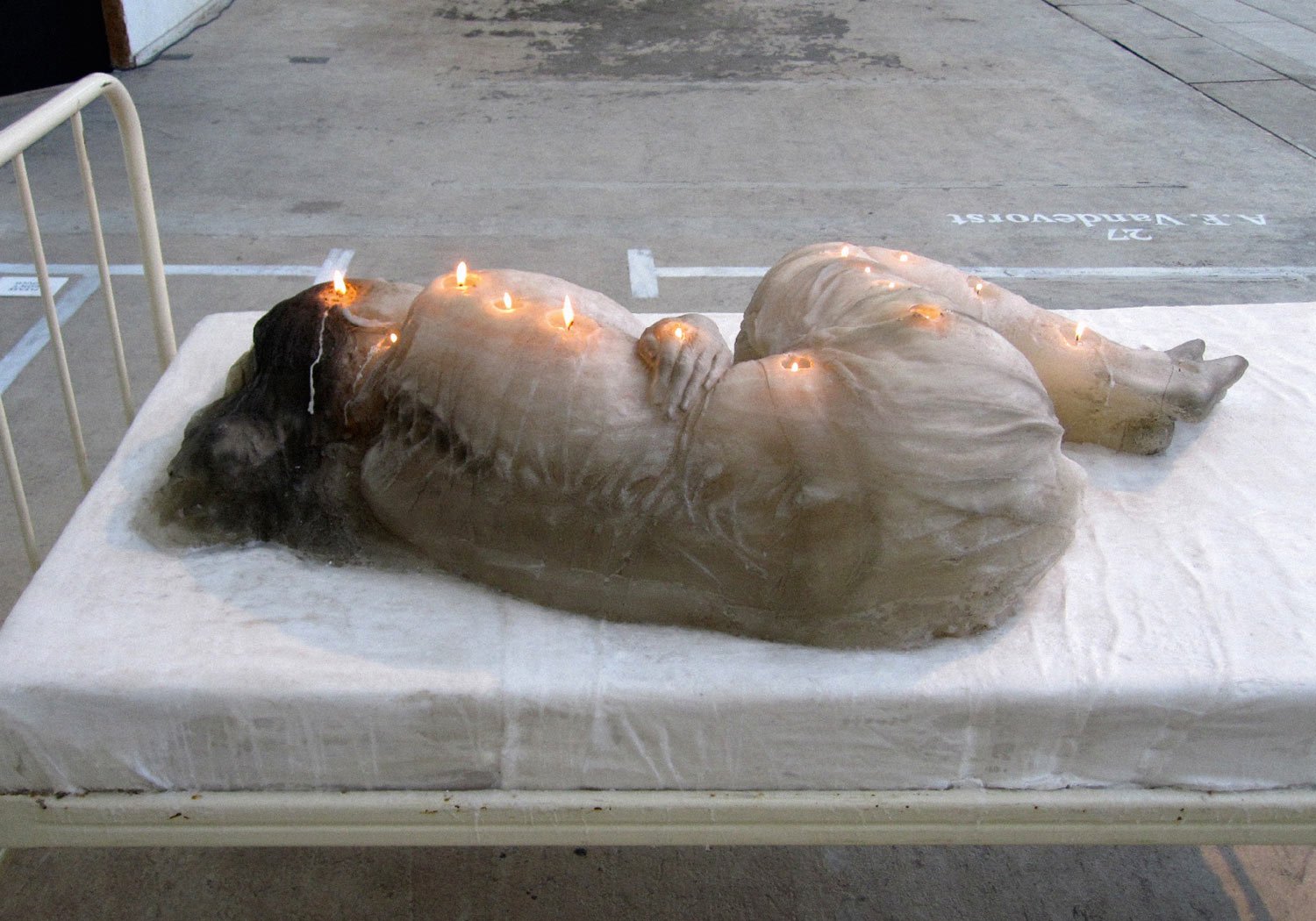My Bed, My Story
For many of us, our rooms serve as a grounding place, the spot where we spend most of our lives. As we grow and progress, our bedrooms become a reflection of ourselves, our personality, and our habits. Whether its books, art, or piles of half-empty water bottles, everything in our bedroom is there because it is part of who we are.
Enrique Rottenberg’s series Sleeping with… features different bedrooms around Cuba. Small, big, clean or dirty, the rooms Rottenberg captured are some of the most intimate spaces in people’s lives, and he put them on display for the world to see.
A few years ago I went to one of his exhibits in Havana, and while looking around at all of these bedrooms, I couldn’t help but feel like I was overstepping an unspoken barrier of intimacy with whoever’s privacy I was invading. My mom and I would try imagining the backstory of some of the people, what they did, where they worked, how they acted, or what type of music they liked.
That same day, I remember overhearing Rottenberg talk about his experience shooting the series. He mentioned how some people tried rushing to clean their room before he could take a photograph. Imagine, caught off guard on a casual Monday afternoon, being asked by a random guy you have never seen in your life if he can take a picture of where you sleep at night.
Sleeping with… by Enrique Rottenberg
Since then, I once in a while look around my room and wonder if I would have let him come in. And what would people think of me if I had, what type of person does the state of my room communicate? If I were to answer that last question right now, I’d probably have a rather concise answer for it: a fucking messy one.
Books on the floor, clothes on the table, a hefty collection of jewelry lying around, glasses, candy wrappers all over the place: that’s been the state of my bedroom over the past few days. Without my mom to keep up with the tidiness of my room, I find myself in the midst of this type of chaos at least once or twice a month.
This is not necessarily something I am proud of; the thought of having a messy room makes me extremely anxious, but I have had to slowly accept that sometimes I just have no choice but to co-exist with my own chaos. However, It is something that I mostly like to keep to myself, sometimes I won’t even let my roommate peek inside depending on the level of messiness I am dealing with.


AF Vandevorst SS 1999
In my last article I mentioned some of my diary entries and the intimacy of journaling, the concept of writing thoughts down that are only for you and yourself to read and enjoy, but if I am being honest with myself right now, I think I would much rather have all of my diaries leaked on reddit than for someone to take a picture of my room and post it online.
There is nothing, and I mean nothing, more private than one’s personal space, filled with our belongings, with our beds. Our beds! Please, it is the place we sleep in suspected safety, where we become intimate with others and with ourselves. Our bed is a space where we let restrictions go in the air of privacy, and we enter our most vulnerable state.
My Bed by Tracy Emin






